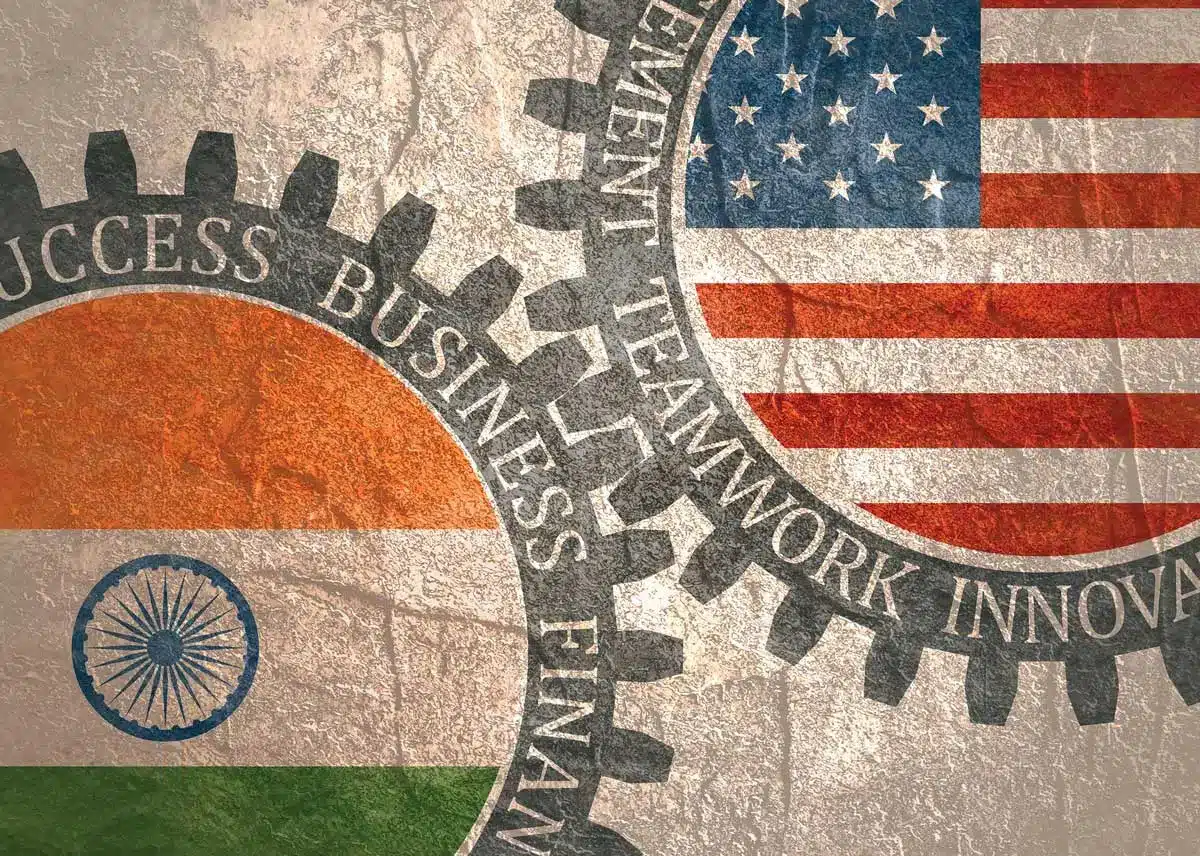“The U.S.-India strategic partnership is truly bipartisan and politically agnostic. Irrespective of political fortunes changing, the economic fortunes remain the same, reinforcing the strong bonds between the two nations.” – Mukesh Aghi, CEO, USISPF.
In the grand narrative of U.S.-India relations, the 2024 elections in both countries hold the promise of furthering an already dynamic and multifaceted partnership. With the potential continuity or change in the U.S. presidency, whether under President Joe Biden or former President Donald Trump, the trajectory of these relations is poised for expansion, building on a solid foundation of recent diplomatic endeavors and strategic initiatives.
Prime Minister Modi’s tenure has been marked by a vigorous push towards reforming India’s business environment, enhancing its manufacturing capabilities, and embracing cutting-edge technologies. The introduction of the Goods and Services Tax (GST) has streamlined tax processes, while efforts to digitize the economy have revolutionized mobile payments, making them ubiquitous across India’s vast informal economy. Initiatives like “Make in India” and Production Linked Incentive (PLI) schemes underscore a strategic push towards making India a hub for high-tech manufacturing—a move that is expected to generate large-scale job opportunities in the face of India’s burgeoning population.
The diplomatic rapport between Prime Minister Modi and President Biden has already set in motion a series of dialogues and initiatives across a spectrum of areas, including clean energy, education, space collaboration, and advanced technologies such as semiconductors, quantum computing, drone technology, and artificial intelligence. A standout achievement in this burgeoning partnership is the collaboration on manufacturing GE F-414 jet engines in India, propelling India into an elite group of countries with such advanced manufacturing capabilities. This cooperation symbolizes the depth and breadth of the U.S.-India strategic partnership, highlighting a mutual commitment to technological advancement and defense collaboration.
Looking ahead to a post-2024 election scenario, the continuity of President Biden’s administration would likely see an augmentation of these strategic partnerships, with an increased emphasis on climate change, healthcare, and technology—areas where Biden’s policy priorities naturally align with India’s reformative and technological ambitions. The Biden administration’s approach, characterized by predictability and a multilateral outlook, would further enhance the strategic dialogues already in place, potentially leading to more ambitious joint ventures and cooperative endeavors.
Conversely, should former President Trump return to office, the focus would likely also include bolstering trade, defense, and security ties, building on the groundwork laid during his previous term. The business-oriented approach and emphasis on defense cooperation could see a ramping up of bilateral trade agreements and defense sales, reinforcing the strategic aspect of the U.S.-India relationship. The core objectives of advancing economic ties, technological exchange, and regional security would likely remain central to the U.S.-India partnership under Trump’s leadership.
In either scenario, the 2024 elections represent a pivotal moment for U.S.-India relations, with the potential to deepen an already rich partnership. The foundational work done by Modi and his counterparts in the U.S. sets the stage for a future where collaborative efforts in technology, defense, and economic reform continue to flourish, irrespective of the political landscapes in Washington and New Delhi. As these democracies move forward, their shared values and mutual interests will likely continue to drive a partnership that is both resilient and adaptable to the challenges and opportunities of the 21st century.
By Kudrat Soin, Communications and Research Intern at the US-India Strategic Partnership Forum.
By Malachy Nugent, Vice President, Financial Services at the US-India Strategic Partnership Forum.

